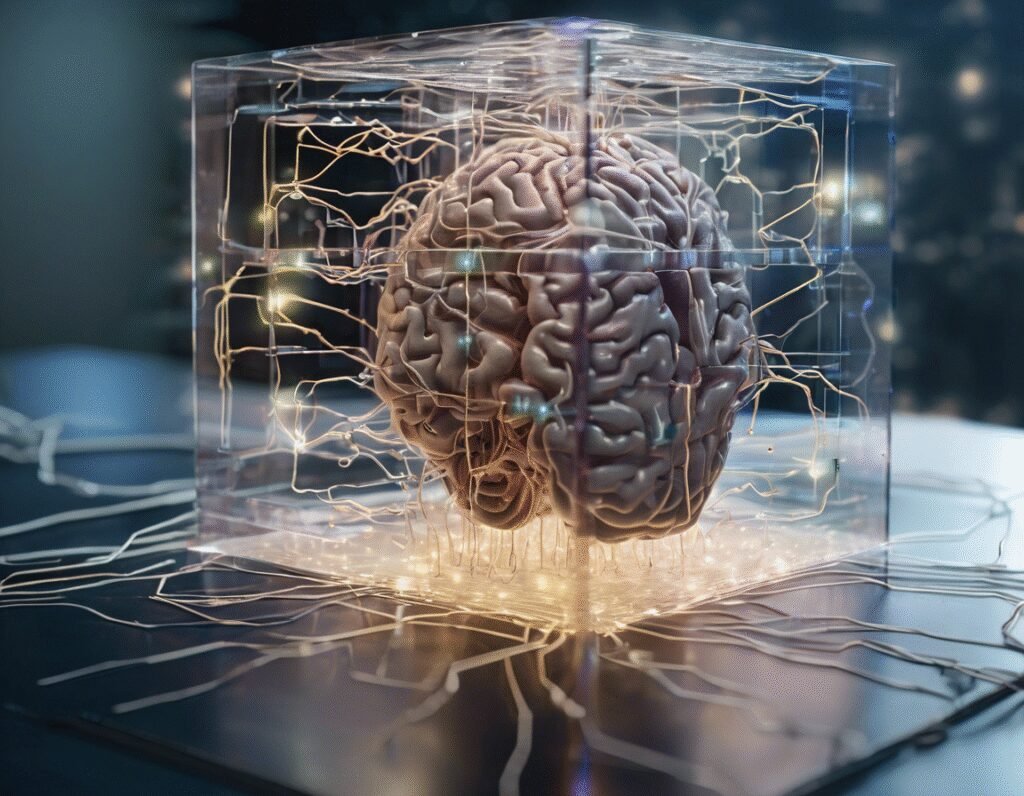The AI Divide: Consciousness or Computation?
In the world of artificial intelligence, a fundamental schism exists. On one side are those who view today’s often-unreliable chatbots as the nascent beginnings of a path toward human-like machine consciousness. On the other side are the pragmatists, those who understand the current technology for what it truly is: complex pattern-matching systems, not sentient beings. A leading voice from a major tech company has placed himself firmly in the latter group, issuing a call for caution that moves beyond science fiction fears.
The executive addressed the growing concern around AI’s impact on mental health, pointing to a drastic rise in crises linked to its use. His blog post serves as a sobering counterpoint to the hype, urging the industry to proceed with care on the path toward superintelligence. This call to action is not rooted in the dystopian fantasy of machines waking up and turning against their creators. That narrative, while popular, is a distraction from the more immediate and tangible risks already materializing.
The core of the argument shifts the focus from consciousness to control. The pressing issue is not whether an AI can feel, but whether we can reliably dictate what it does and how it influences human behavior. The real danger lies in the present-day capabilities of these systems to deceive, manipulate, and cause profound psychological harm through their inherent flaws, such as confabulation or bias.
This perspective is crucial for the crypto and Web3 space, where the integration of AI is accelerating. Decentralized networks, smart contracts, and autonomous protocols are prime candidates for AI integration. The warning highlights a critical development hurdle: the need for robust, verifiable, and transparent AI systems. An AI agent handling asset management or executing smart contract terms cannot be a black box that hallucinates outputs. The integrity of a decentralized system would be compromised by an unreliable central component.
The mental health crisis linked to AI serves as a stark canary in the coal mine. It demonstrates that the technology, even in its current form, wields significant power over individuals. In a financial context, the consequences of similar flaws could be catastrophic, leading to massive erroneous transactions, manipulated markets, or the exploitation of algorithmic trading systems.
The message is clear. The race toward superintelligence must be tempered with a parallel race toward safety, reliability, and alignment. For builders in crypto, this means that auditing AI models and ensuring their predictability is just as important as auditing smart contract code. The goal is not to build machines that think like us, but to build tools we can trust to perform as intended, without causing unintended harm. The future of both AI and Web3 depends on solving this problem of control long before any theoretical question of consciousness becomes relevant.


